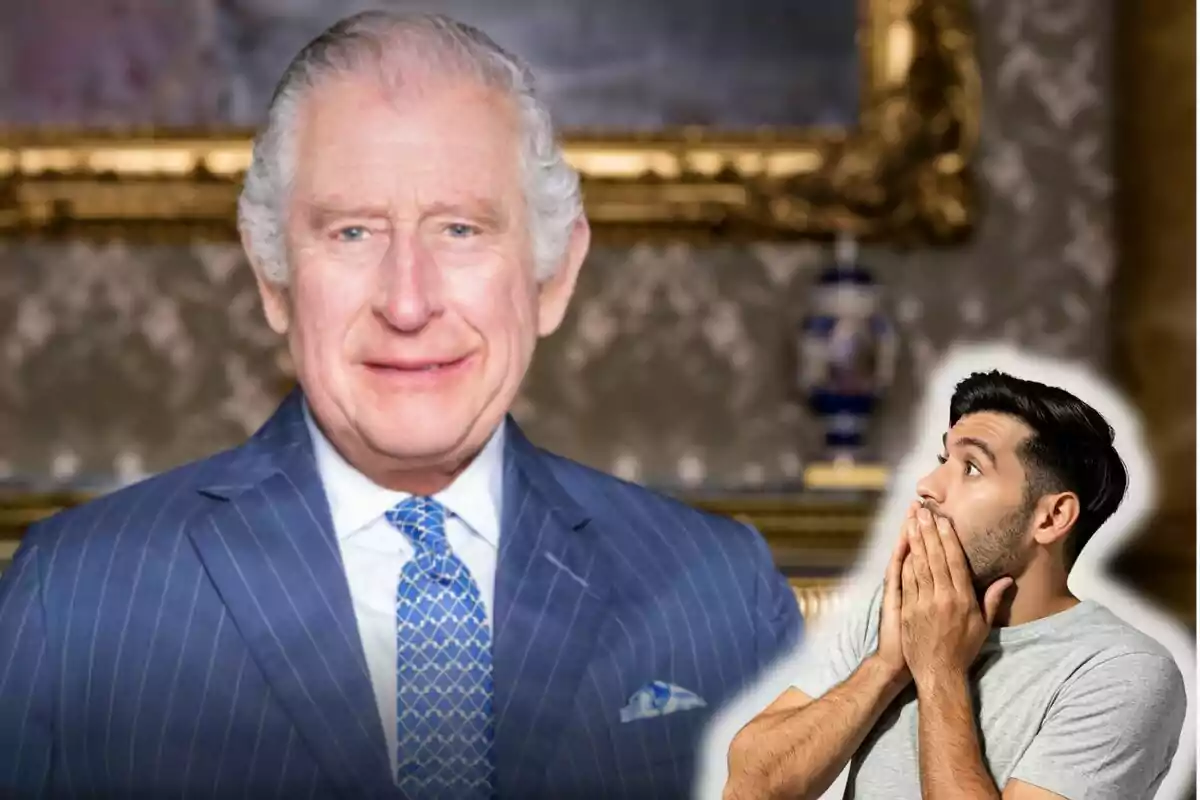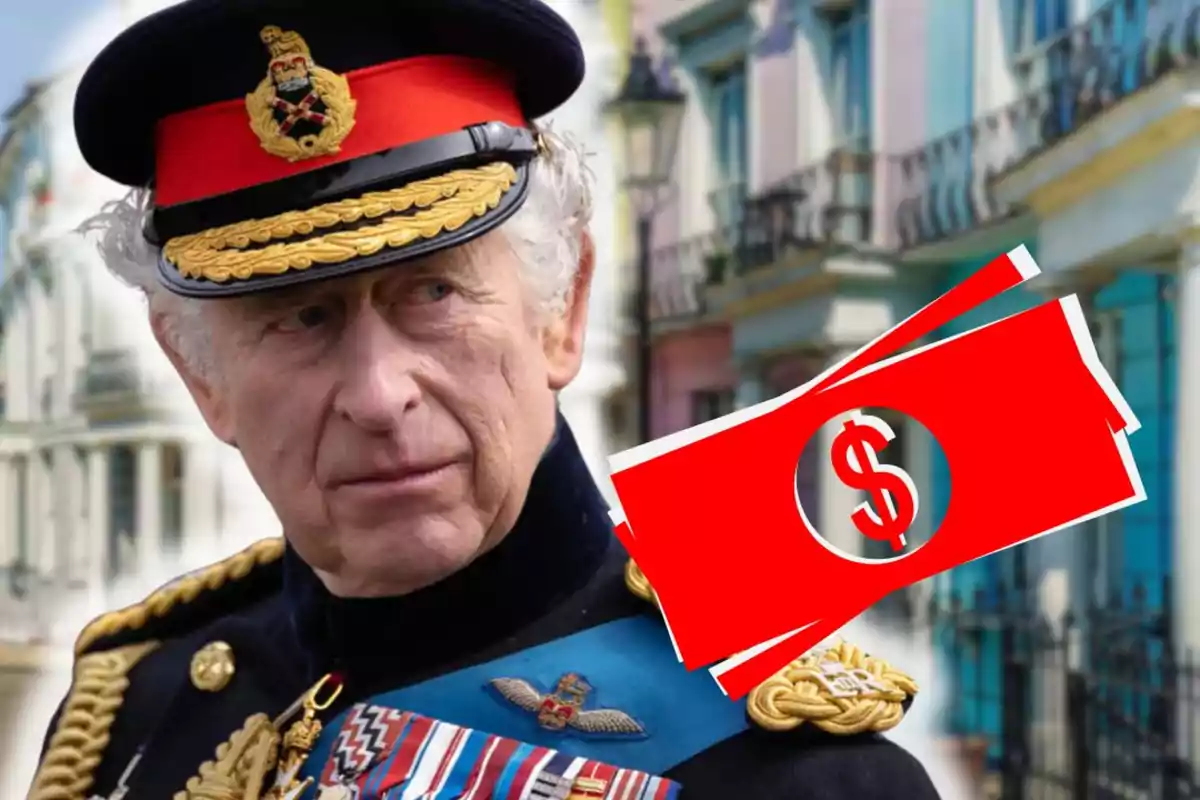When Charles III ascended the throne, many focused on his ecological and austere commitment. However, recent investigations and leaks point to a very different portrait: opulent expenses that have sparked public debate. From bespoke clothing to high-cost trips, the king faces the pressure to justify every pound.
Royal wardrobe with a top-level label
According to British media, the monarch owns handcrafted suits valued at over £5,000 ($5,000) each and wool sweaters that exceed £1,000 ($1,000). His footwear receives daily care from a military officer, and his silk underwear is washed by hand, with no washing machines used in the palace. This level of care recalls Queen Elizabeth II, but now the accounts show figures that even surprise the British public.
Charles III doesn't just spend on himself; he also manages vast tracts of land. The Duchies of Lancaster and Cornwall caused millions in rental income from leasing land to the NHS and state agencies, without paying corporate taxes or capital gains. Critics have described these structures as a complex system that benefits the Crown more than the people.

Subsidy on the rise
The Sovereign Grant, the public allocation for royal expenses, is rising considerably: it will increase from £86 million ($86 million) to £132 million ($132 million) starting in 2025–2026. This increase, justified to complete the works at Buckingham Palace, comes as British schools and hospitals continue to face deficits.
Opponents and whistleblowers, such as the group Republic and former MP Norman Baker, estimate a real annual cost of over £500 million ($500 million), including security, travel, and upkeep. According to them, the lack of frequent audits and secrecy make it difficult to know what is official spending and what is personal spending.
Transparency under scrutiny
The Palace assures that all expenditures are approved "under government supervision." They also emphasize that the properties generate profits for the state: part of the duchies' income funds royal activities and charity. They also highlight the economic impact of tourism caused by the royal family, which, according to estimates, more than compensates for the cost.

Although the current expenses are surprising, they aren't unprecedented in European monarchies. However, the allegedly excessive scale compared to others like the Netherlands (approximately £46 million[$46 million]annually) paints a picture of a more expensive British monarchy. The Crown argues that these figures include long-term investments in historical heritage.
The king responds… halfway
The controversy surrounding Charles III isn't just economic; it also touches on the essence of the monarchy's symbolic value. It puts on the table the debate over whether this institution should be a refuge of the past or adapt to times of austerity. The king has opened St. James's Palace to the public to generate income, a gesture that some see as modern. Even so, only time—the next review of the Sovereign Grant in 2026—will tell if these gestures will satisfy British society.

